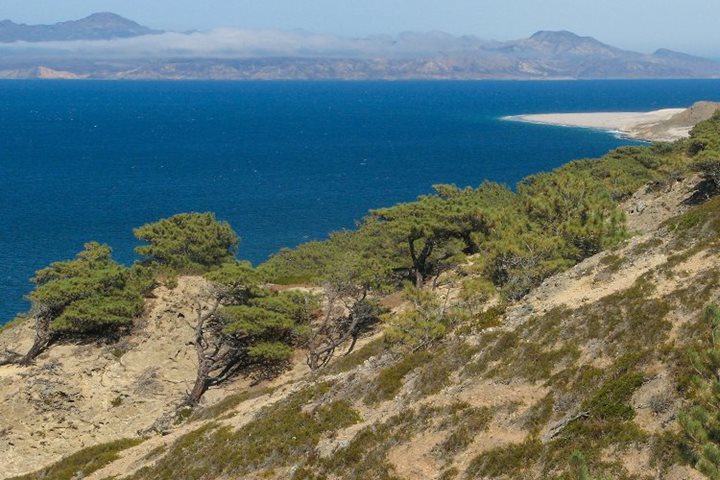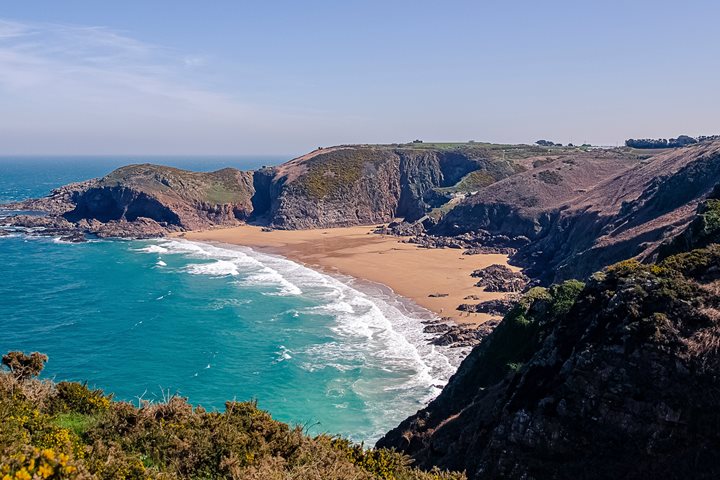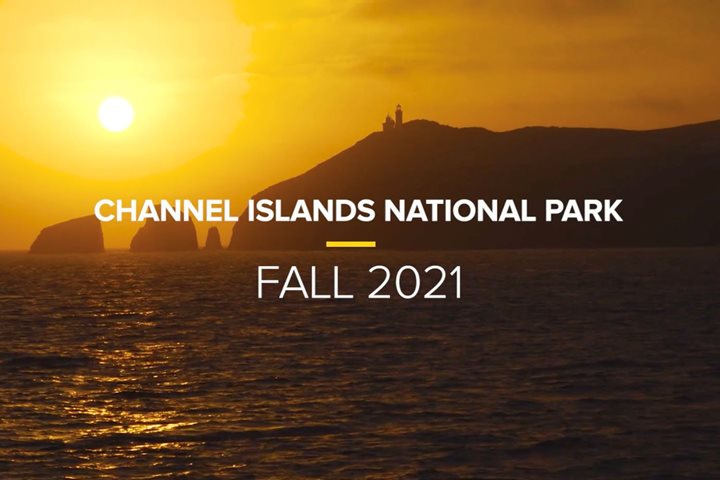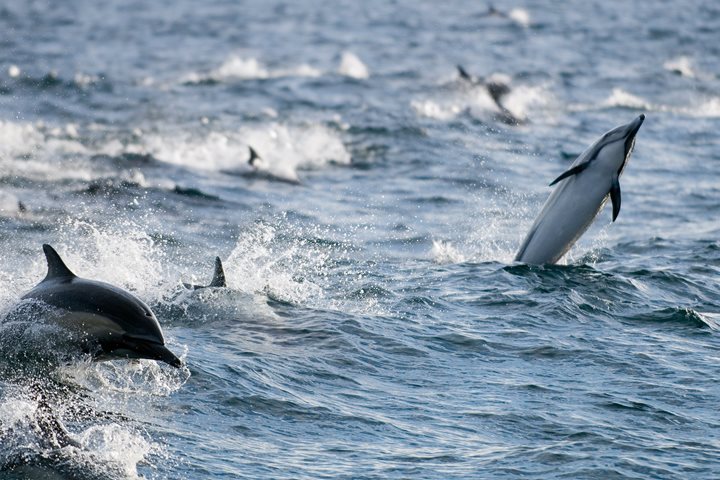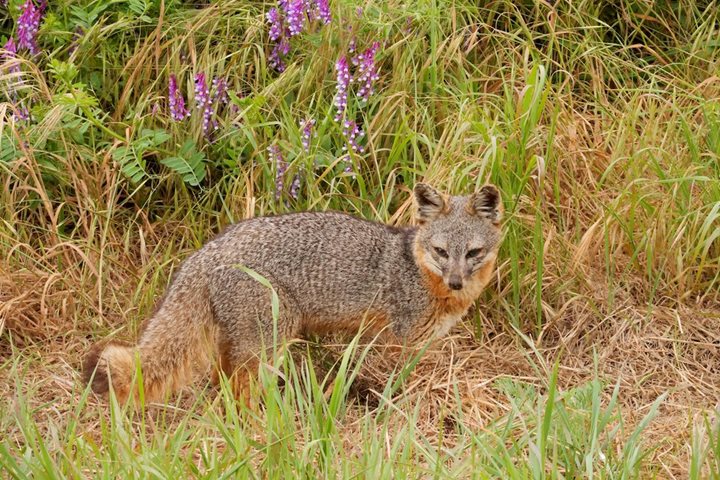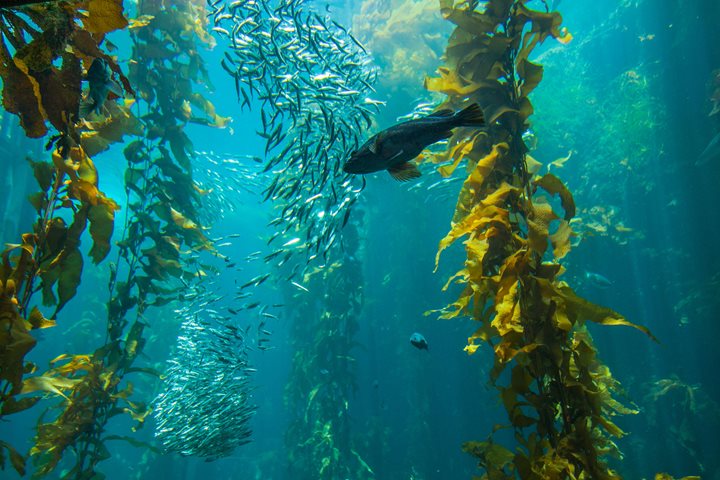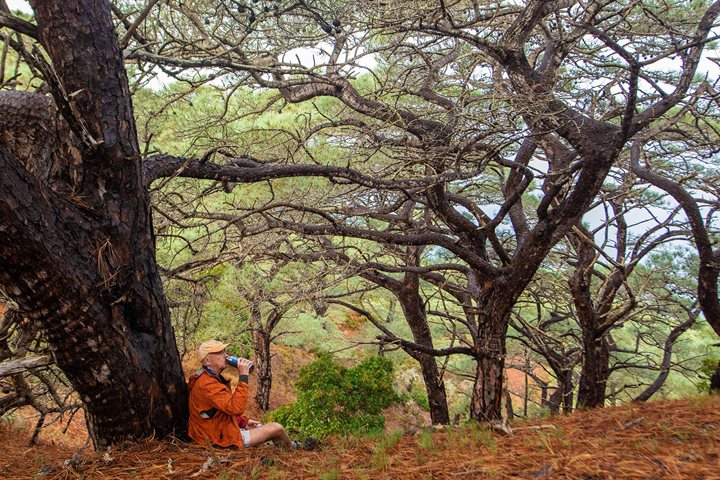Call +1.800.397.3348 or contact your travel advisor
5/10/2018
4 Min Read
5 Reasons to Visit Channel Islands National Park
1/31/2020
5 Min Read
Capturing the Channel Islands: A Remote & Remarkable National Park
4/23/2021
Watch
Channel Islands National Park: Fall 2021
4/23/2021
3 Min Read
The Channel Islands: Rare Nature, Close to Home
4/18/2022
3 Min Read
Wild Personalities: Channel Islands Fox
5/24/2022
3 Min Read
The Endemic Flora and Fauna of California's Channel Islands
12/19/2024
Watch
Expedition Spotlight: The Torrey Pines of Santa Rosa Island
Showing 8 of 8

